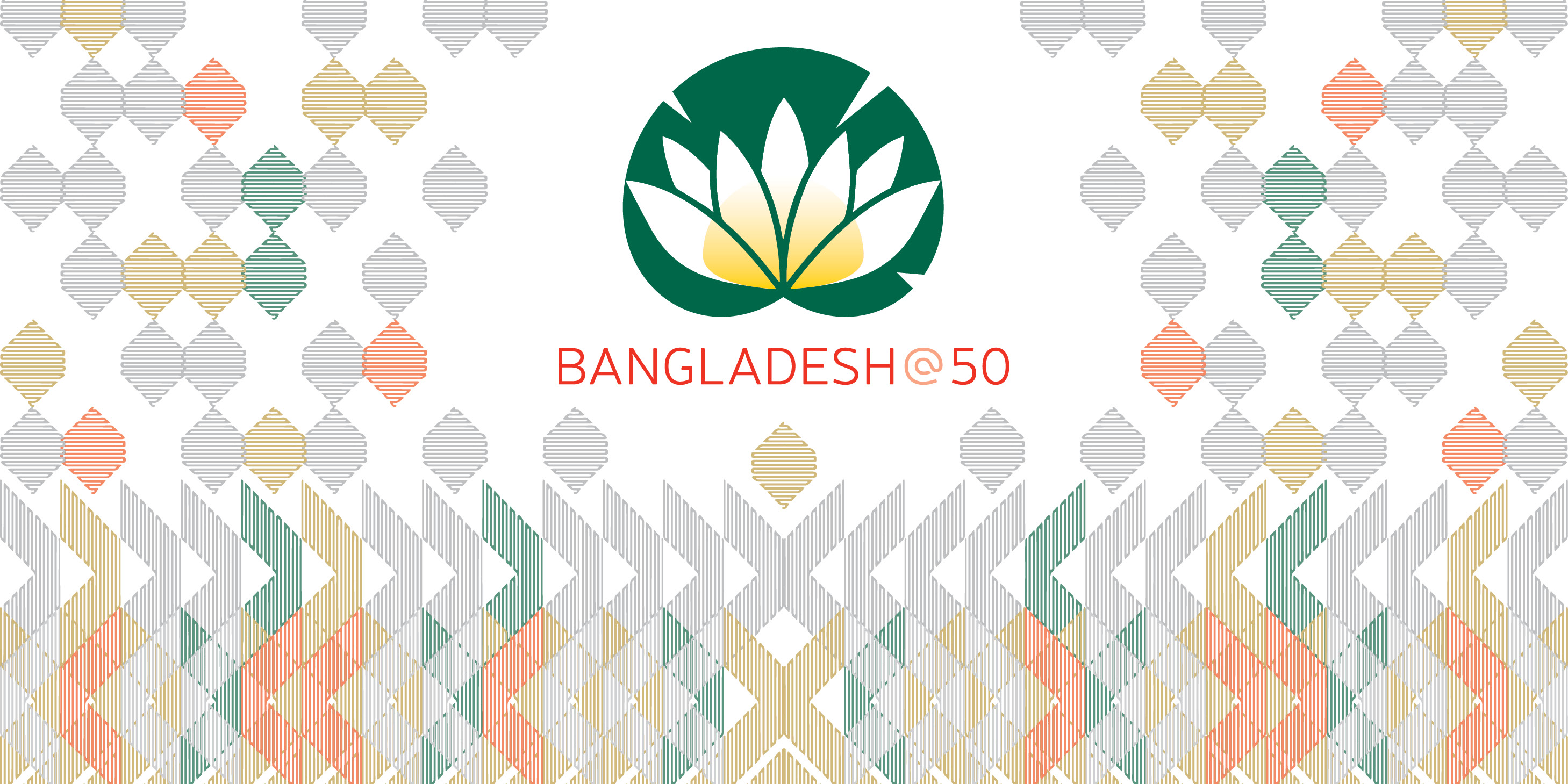
The birth and independence of Bangladesh in January 1971 has a unique place in the history of South Asia.
Unlike other countries in the region who gained their birth/independence from British colonialism in the 1940s, Bangladesh (which was 'East Pakistan' from 1947-71) gained independence from what was then 'West Pakistan'. The demand for a sovereign, people's republic drew upon Bengali cultural nationalism as a binding force over Islamic religious affinity, led by Sheikh Mujibur Rahman.
The LSE South Asia Centre is the only academic Centre in a Higher Education institution anywhere in the world to have marked this anniversary over a period of 12 months with a specially commissioned logo, events, the launch of a one-of-its-kind Big Data Digital Map, and 12 special blogposts representing the latest research and ideas from different perspectives from academics and thought leaders.
It was the perfect occasion to also showcase LSE's interdisciplinary academic expertise on Bangladesh with events/blogs involving LSE staff and alumni.
[Interested readers can also read our Occasional/Working Papers available here.]
*
The 'Bangladesh @ 50' logo is copyrighted by the LSE South Asia Centre, and may not be used by anyone for any purpose. It shows the national flower of Bangladesh, Water Lily (Nymphaea nouchali), framed in a design adapted from Bangladesh’s dhakai & jamdani textile weaves. The logo has been designed by Oroon Das.